Sediment & Storm Water Management On Construction Sites
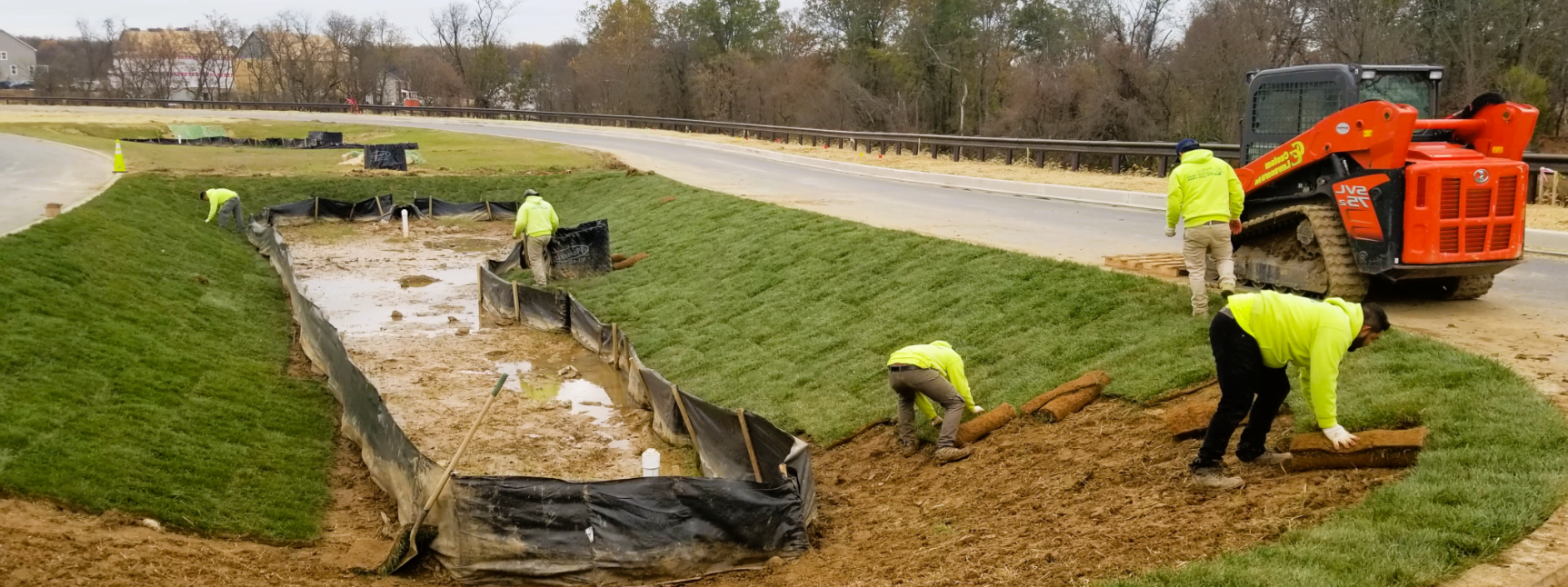
Unchecked storm water runoff can cost millions in infrastructure damage, property loss, and increased water treatment expenses!
Construction sites are dynamic environments with exposed soil, loose materials, and altered landscapes. When rainwater falls on these sites, it can pick up sediment, chemicals, and pollutants, creating storm water runoff that flows into nearby water bodies. This runoff poses several threats and needs to managed effectively.
Perimeter Structures
They are engineered to trap and contain sediment. These structures, positioned on the lower side of an erosion-prone area, serve to prevent sediment from escaping the vicinity.
Silt Fences

Silt fences are impermanent, permeable barriers made of geotextile material that are placed in a trench and upheld by star pickets or wooden posts.
A silt fence can be envisioned as a permeable barrier similar to a dam.
Sediment is managed through two methods:
- The speed of runoff is decelerated until it lacks the energy to hold particles in suspension. This is achieved by obstructing the runoff behind the silt fence. When the runoff loses the energy to keep particles suspended, gravity causes these particles to settle out of the water column. This mechanism is responsible for removing the majority of sediment through a silt fence.
- Additionally, some filtration happens as runoff traverses the silt fence.
Silt fences are suitable only for regions with sheet flow, and they are not appropriate for concentrated flow.
Their highest effectiveness lies in the extraction of larger particles from runoff, although they lack the ability to filter fine or dispersive soils.
Based on tests conducted according to USA EPA standards, well-installed and maintained silt fences are expected to remove the following percentage of debris:
Soil Type
Total suspended solids
70%
Sand
85%
Silt Foam
65%
Silt clay loam
25%
Regular inspections are important for silt fences to:
- Ensure that water isn’t passing underneath or around the fence (if it’s set up correctly, this shouldn’t happen).
- Confirm that the silt fence hasn’t fallen due to water flow or wind.
- Check that the silt fence is still attached to its posts.
- Make sure there’s no damage from construction activities or interference from the public.
Silt fences need to be cleaned (remove collected dirt) when the sediment reaches a height of 1/3 of the fence or when the accumulated dirt is stopping the fence from working well.
Typically, this involves using a shovel to take out the dirt from behind the fence and placing it in a stable part of the site, away from where water flows. Don’t put it uphill or right next to the silt fence, as it will just wash back into the fence. Also, avoid placing it downhill from the silt fence.
Slowing Velocity
Here are some ways to make the water move slower and catch sediment on construction sites:
Straw Bales

Straw bales are often chosen to capture sediment in flowing water due to their easy availability.
However, it’s not a good idea to use them because they contain seeds that can spread weeds.
Sediment is managed in two main ways:
- The speed of flowing water is slowed down until it loses the energy to carry sediment. This is done by creating a barrier with the straw bales. When the water loses its energy, gravity pulls the sediment down, removing most of it.
- Some sediment is also caught as water passes through the straw bales. Larger pieces of sediment can get stuck on the outside of the bales, while smaller particles might be trapped inside.
Straw bales work well in areas where water flows broadly. They can also be effective in faster flows if used alongside a silt fence.
Straw bales are effective at capturing larger sediment particles, but they aren’t as good at catching fine, muddy sediment.
Using only straw bales can be challenging because ensuring there are no gaps between them is difficult. If there are gaps, water can pass through and the bales won’t work. This could even make erosion worse as water rushes through the gaps.
The best approach is to combine straw bales with a silt fence. Straw bales provide extra support to the silt fence. Placing the silt fence on the higher side of the area can protect the straw bales when water flows quickly.
Coir Logs

Coir logs are long tubes made from coconut husk fibers. They’re similar to straw bales but last longer (1-5 years). HEIGER Coir Logs are built to last twice as long.
Sediment is managed in two ways:
- The speed of flowing water is slowed down until it can’t hold sediment anymore. This happens when water pools up behind the coir log. When the water doesn’t have enough energy, the sediment falls out because of gravity. This is how most sediment is removed.
- Some sediment also gets caught as water goes through the coir log. Bigger pieces of sediment can stick to the outside of the log, and smaller pieces might get trapped inside.
Coir logs are mostly used where water flows strongly. They’re also commonly used to strengthen creek beds and shorelines. They can even shield drainage inlets.
They’re really good at catching bigger pieces of sediment. But they’re not as effective at trapping small, muddy sediment.
Depending on the ground, you might need to clear an area under the log to make sure it touches the ground well. Coir logs need cleaning when the sediment reaches about 1/3 of the log’s height or when the piled-up dirt stops the log from working. If logs get filled with trapped dirt, they need to be replaced.
Sediment Basins
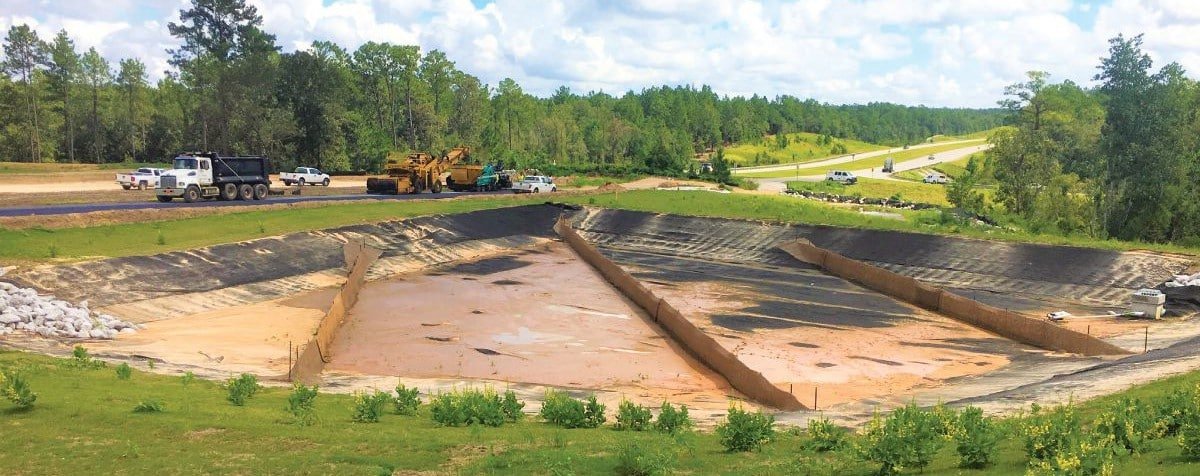
A sediment basin is made to slow down the speed of runoff as it gathers in the basin. The runoff’s speed gets lower, causing the dirt to sink to the bottom because of gravity. This kind of setup is needed on places with fine or easily dispersed soil, where other methods of keeping dirt back can’t catch the sediment.
It’s best if a skilled engineer plans out the sediment basins.
The size of the sediment pond needed depends on the rainfall: 10 cubic meters of pond space per hectare for every 1 millimeter of rain, and the total rain from a storm that happens once every 2 years and lasts for 6 hours. Everything about sediment control comes from this.
You can figure out the rain from the Bureau of Meteorology’s website using your site’s coordinates. It’ll be around 35 to 40 millimeters for southern Victoria, except East Gippsland which gets more rain.
For Melbourne, the storm that happens once every 2 years and lasts for 6 hours has a rain intensity of 5.9 millimeters per hour. Over 6 hours, that adds up to 35.4 millimeters of rain.
Based on all of this, if we assume no rain loss, for every hectare of catchment area in the Melbourne region, you’d need a sediment basin that can hold 354 cubic meters of water.
Regular checks of the sediment basins are a must to spot any wearing away of the entrances, exits, or the basin’s walls.
The way the water flows out of the basin needs to be managed and watched over.
You’ll need to clean out the basin when its capacity has gone down by 1/3 because of sediment buildup.
In Stream Structures
In-water structures should be the final choice or used when construction is right next to the water. They shouldn’t be the only way to handle erosion and sediment.
Floating Silt Curtain

Floating silt curtains are made of geotextile fabric curtain held up in the water by floats and weights. They’re used in water bodies where the flow is slow.
The width of the floats should match the width of the water channel. The edges of the curtain should slope down to match the sides of the channel.
Make sure to check the curtain often to make sure it’s properly attached to the floats and weights.
Drainage Structures
To keep sediment off the drainage system, it’s essential to shield existing drainage openings. When new drainage is built on-site, the inlets into the system should also be safeguarded. It’s crucial to have alternate pathways into the drainage system in case of very intense events.
This helps avoid sediment-filled water from bypassing the secured inlets and entering the system. Additionally, this prevents flooding, as the inlets remain partially open.
Coir Logs

Sediment is managed using two methods:
- The speed of runoff is decreased until it lacks the energy to hold particles in the water. This is done by creating a barrier with the coir logs that slows down the runoff. When the runoff no longer has enough energy to carry particles, gravity makes these particles settle out.
- Some filtering also takes place as the runoff goes through the coir logs. Larger particles might get caught on the outside of the logs, while smaller particles could be trapped within them.
Drain Wardens

The Drain Warden is designed to fit most catch basins with surface grates. It captures sediment using silt fence material placed beneath the grate, which is held in position by the grate itself. As water flows through the grate and into the stormwater system, sediment gets trapped on the silt fence material. A 100mm overhang of silt fence material on each side is left to handle the weight of trapped sediment.
However, this method of protecting inlets shouldn’t be used in areas expecting high water flow, as it lacks overflow into the drainage system. In situations with a lot of flow, water will bypass this measure and enter the drainage system farther downstream. This can lead to flooding.
To ensure effectiveness, sediment needs to be regularly cleared. This prevents the sediment from being stirred up again in the next rain, avoids safety concerns linked to lifting silt fence with heavy sediment, and stops clogs.
Preventing Mud on Roads

Keeping mud off roads is extremely crucial, failing to do so can lead to incurring hefty fines. The following steps need to be undertaken to keep mud off roads from the construction site;
- Minimising site access to vehicles
- Gravel access points
- Rumble grids
- Wheel wash systems
- Cleaning the road
For further information please click here.

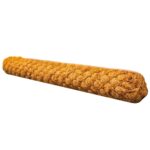 Coir Logs
Coir Logs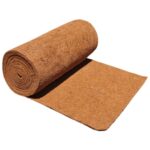 Coir Blankets
Coir Blankets Coir Mesh
Coir Mesh Jute Matting
Jute Matting Jute Mesh
Jute Mesh Silt Fence
Silt Fence Wooden Stakes / Pegs
Wooden Stakes / Pegs Retaining Pins
Retaining Pins Weed Mat
Weed Mat Weed Mat Pins
Weed Mat Pins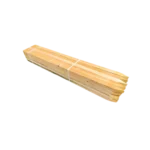 Timber Stakes
Timber Stakes Raised Garden Beds
Raised Garden Beds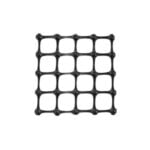 Biaxial Geogrid
Biaxial Geogrid Uniaxial Geogrid
Uniaxial Geogrid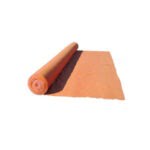 Non Woven Geotextiles
Non Woven Geotextiles Sand Containers
Sand Containers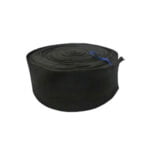 Silt Socks
Silt Socks Dewatering
Dewatering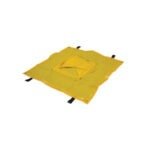 Drain Filters
Drain Filters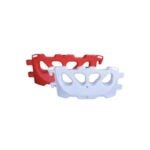 Water Filled Barriers
Water Filled Barriers Edge Protection Barrier
Edge Protection Barrier Hoarding Panels
Hoarding Panels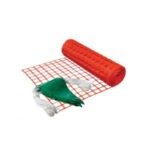 Barrier Mesh & Bunting
Barrier Mesh & Bunting Star Picket Posts & Accessories
Star Picket Posts & Accessories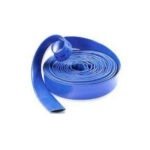 Flood Tubes & Stabilizers
Flood Tubes & Stabilizers Sandbags
Sandbags